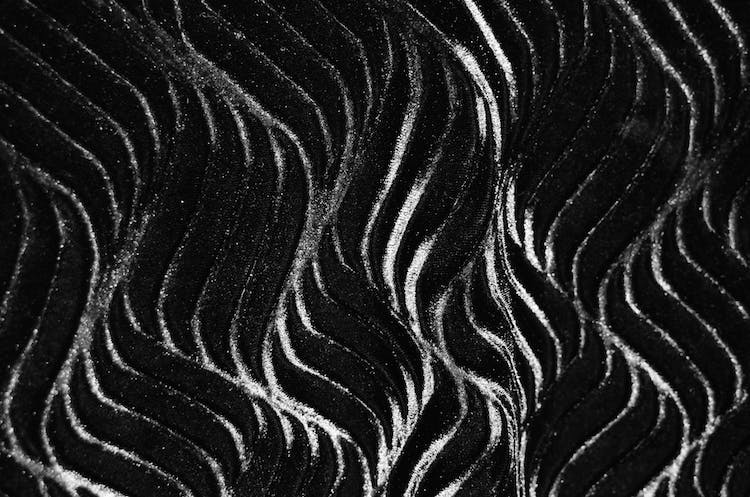The use of lasers for precision cutting is a common practice in many industries. Lasers produce a very precise and efficient cutting process and can greatly reduce production costs. However, laser cutting also carries certain risks and can be hazardous if not done with proper safety precautions. This article will discuss the necessary safety precautions for laser cutting quality control.
Basics of Laser Cutting Quality Control
Evaluating the material quality
quality When evaluating the material quality for laser cutting quality control, it is important to consider a number of safety precautions to ensure that the work is completed in a safe and effective manner. Laser cutters can be extremely powerful and accurate, but they must also be operated with extreme caution. Before beginning any cutting operation, it is important to evaluate the material quality to ensure that the correct procedure is followed.
First, it is important to consider the material itself. Different materials will require different laser settings and safety procedures.
Examining and aligning the laser cutting equipment
When it comes to laser cutting quality control, one of the most important steps is to examine and align the laser cutting equipment. Keeping the laser cutter in peak condition ensures that it performs at its best and produces the desired results. Thus, safety considerations must be taken into account when working with laser cutters.
The first step to examine and align the laser cutter is to visually inspect the equipment for any signs of damage, wear or tear. It is also important to make sure that the laser’s optics are properly aligned and functioning in order to properly cut the material.
Setting up safety protocols
Setting up safety protocols for laser cutting quality control is essential for preventing environmental and personal hazards. Laser cutters use intense beams of light to cut, engrave, mark and weld materials, and therefore should be treated with caution and respect. Depending on the type and size of the laser cutter, additional precautions may be necessary to ensure maximum safety.
When setting up protocols for laser cutting quality control, it is important to establish both a safe workplace environment and safe machine practices.

Necessary Safety Precautions
Understanding the hazards
When working with laser cutters, it’s important to understand the potential hazards that come with them. Laser cutters use powerful lasers to cut through and create designs in material, and these lasers can be dangerous if not handled correctly. From eye and skin damage to fire hazards, understanding the potential issues associated with laser cutters is key to ensuring safety and quality control in the workplace.
With regards to eye safety, the most important safety consideration is to wear certified laser safety eyewear when operating a laser cutter.
Installing protective enclosures
Protecting equipment and personnel is paramount when using laser cutters. Installing protective enclosures is a critical safety precaution to minimize risk of injury or destruction. To reduce the impact of bouncing laser beams, reflective materials, and unintended fire, fabricators should install laser cutting enclosures around the laser cutter and cutting area.
There are several types of enclosures available, depending on the levels of protection needed and the size of the working area. One type of enclosure is the interlocked type. These are solid, fully enclosed enclosures that feature an outside locking door with an internal door on the inside.
Implementing fire protection procedures
safety When it comes to laser cutting, safety is of the utmost importance. Implementing proper fire protection procedures is essential for maintaining quality control and avoiding potential risks. Fire should be monitored when operating laser cutters and measures should be taken to prevent or control its spread in the event of an ignition.
To prevent or reduce the risk of fire, laser cutters should undergo regular maintenance and a comprehensive safety inspection. All surfaces should be kept free of combustible materials, as any contact with these materials can lead to hazardous fire hazards.
Utilizing venting systems
When it comes to keeping a laser cutter safe and in good condition for quality control, it is important to make sure aventing system is in place. Venting systems are designed to prevent the air in the workspace from becoming saturated with hazardous particles such as smoke and other gases that could potentially cause damage to the machine. These systems work by controlling the amount of debris and gases present in the workspace and by collecting any potentially hazardous particles and directing them away from the workspace.
Additionally, they are able to capture particles that are too small to be seen with the naked eye, ensuring maximum safety. An efficient venting system is fundamental for laser cutting quality control.
Wearing proper protective gear
When it comes to laser cutting, safety is of the utmost importance. Using a laser cutter is a hazardous process, so it’s essential to take all of the necessary safety precautions. One of the most important things when it comes to laser cutting is wearing proper protective gear.
Eye protection is essential when using a laser cutter. Lasers produce intense, bright light that can easily damage the eyes. High-quality laser safety glass must be worn at all times when operating a laser cutter.

What are safety precautions for a laser cutter?
Modern laser cutting is an incredibly efficient way to cut through a wide range of materials, some of which can be extremely hazardous. As a result, it’s absolutely essential that you understand the necessary safety precautions for laser cutting quality control before you begin working with this powerful tool. First, it’s important to remember that safety should be your top priority when it comes to laser cutting.
You should always wear protective goggles, face shields, and/or any other protective gear that your specific laser cutting tool requires. In addition, you should always ensure that the environment is appropriately ventilated and well-lit so that you can easily monitor what’s going on while the laser cutter is in operation.

What are the hazards of lasers?
Working with laser cutters can be an incredibly rewarding experience but it also comes with unique potential risks and hazards, many of which could have serious repercussions if not taken into consideration. Laser cutters work by focusing a high-power laser onto the material being worked with and then the material is melted, vaporized, or chemically altered due to the heat from the laser. This particular process comes with a variety of safety considerations that should be taken into consideration to ensure the safety of both the person using the laser cutter and the quality of the output.

Conclusion
The importance of laser cutting quality control
Laser cutters are extremely useful and precise tools, allowing consumers to cut intricate designs and shapes from various materials. While the end result of a laser cutter is often intricate and beautiful, it is important to remember they are powerful and potentially dangerous pieces of machinery. This is why it is essential to take certain safety and quality control precautions when using these machines.
The importance of necessary safety precautions
When working with a laser cutter, it is important to be mindful of any safety precautions necessary to ensure the quality control of the product being made. This is especially true when dealing with highly sensitive materials such as acrylic and glass, for example. In order to ensure successful, accurate and safe operations concerning most laser cutters, employers must properly train and certify the operator in the operating procedure of the laser in question.
When developing a safety protocol for laser cutting, it is important to consider factors such as proper ventilation, protective eyewear, proper training and certification, software upgrades, and regular maintenance.


